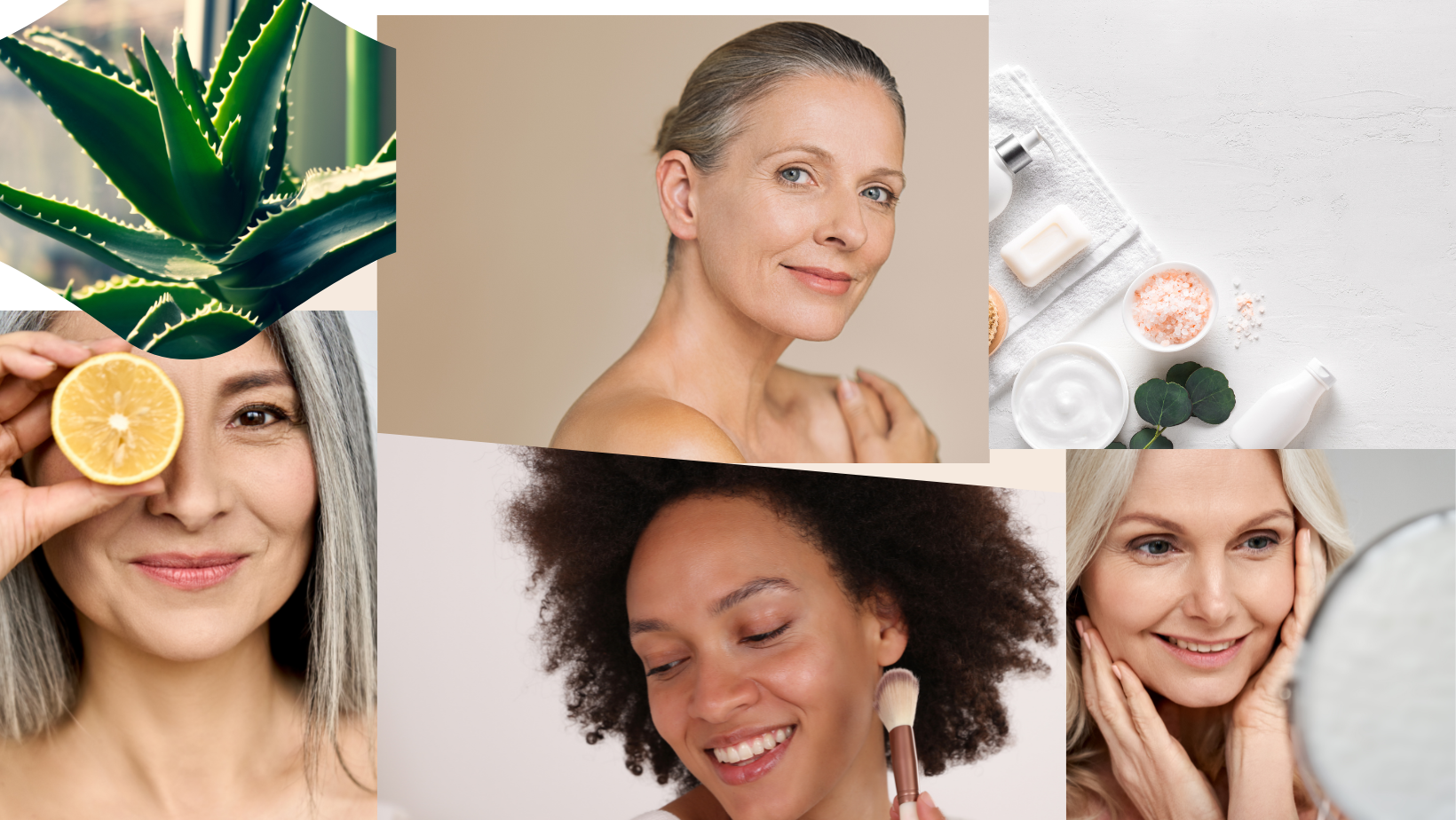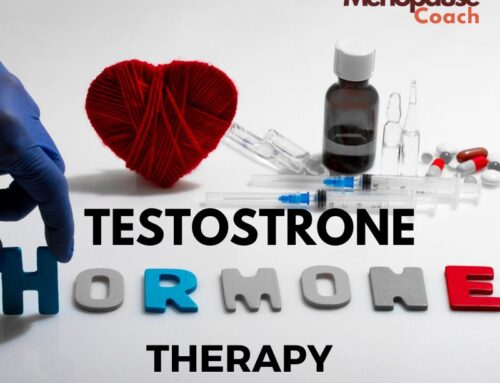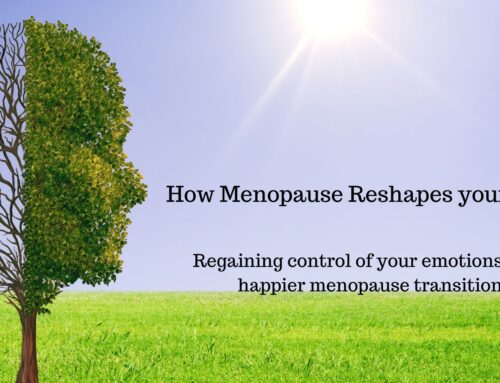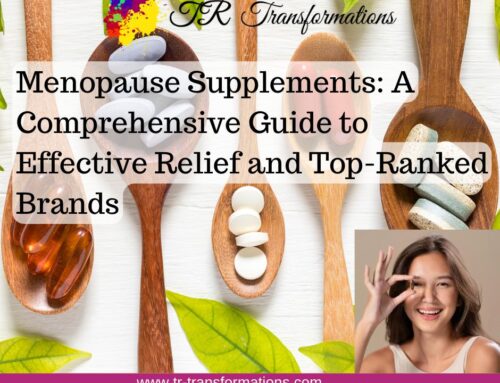Natural Skin Care for Aging Skin
When we were younger, there were a lot of things we could get away with. Drinking without being hungover. Staying out late. Eating whatever we want and not gaining weight. And going without sunscreen, under-eye creams, and other serums designed to smooth, plump, and brighten our skin.
But, oh, how times have changed!
If we’re approaching menopause or solidly in menopause, among other things, we’re dealing with wrinkles, dry skin, and sagging.
Of course, there are a million products out there promising to restore our youthful appearance, but so many of these products are riddled with toxins like carcinogens, endocrine disruptors, allergens, and other harmful chemicals.
So what can you do to combat dry, aging skin without putting yourself at risk?
As you age, you lose the natural oils that used to keep your skin hydrated, which is why your skin looked so great.The good news is that there are plenty of natural remedies you can try and lifestyle changes you can make that will improve the texture and quality of your skin.
To moisturize your skin naturally, try petroleum jelly, a coconut oil and sugar mixture, aloe vera, or a mixture of avocado and plain Greek yogurt.
The main ingredient in petroleum jelly (you guessed it: petroleum) seals the skin, helping it retain moisture.
You can use the jelly on your face and body after a hot shower or bath—which dries out your skin—on your feet and lips, and to remove makeup. While petroleum jelly is dangerous if ingested, petroleum jelly products, like tried-and-true Vaseline, pose no harmful health risks.
Try a mixture of virgin coconut oil, and sugar to scrub off dead skin cells. You can use brown or white sugar, combining 240 grams of sugar with 100 grams of the coconut oil, then scrubbing with the mixture for 30 seconds to gently remove the dead skin cells and improve the texture of your skin.
If you’ve ever had a sunburn or other mild burn as a kid, you may have had an adult in your life cut off the leaf of an aloe vera plant, scoop out the gel inside, and apply that gel to your wound. Maybe you thought it was strange at the time, but the gel inside an aloe vera plant has actually been proven to help treat first- and second-degree burns, often better than alternative treatments.
Well, it turns out the same properties in the aloe vera gel that help heal wounds also help moisturize your skin. Aloe vera is a medicinal plant that contains anti-inflammatory, antibacterial, anti-viral, and antiseptic properties that work to heal skin—and it contains sterols that reduce the affects of age on the skin by improving collagen production and skin elasticity.
If you don’t own an aloe vera plant, you can buy a bottled gel online. Use a small amount of aloe vera gel to wash your face or to apply as a moisturizer, leaving on for 5 to 10 minutes before rinsing with cold water.
You have probably heard of the health benefits of avocado, but maybe you thought the fruit (yes, technically a fruit because it has a seed) was only good for eating because of its omega-3 fatty acids. But the truth is that avocados also contain a ton of antioxidants and probiotics, as well as lactic acid, that have been shown to improve the quality of your skin. Simply apply a mixture of half an avocado with 85 grams of plain Greek yogurt and let sit for 5 to 10 minutes before washing off with lukewarm water.
These are a few great options for improving the health of your skin naturally; however, it is always recommended that you consult with your dermatologist before using a new substance on your skin as well as testing the substance first on a small patch of skin to rule out an allergic reaction.
Which natural solutions are you going to try? Let me know in the comments!







Leave A Comment